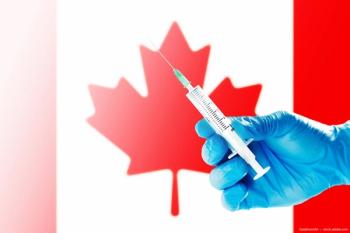
BMI, tobacco, and alcohol: Roles in glaucoma progression examined in new study
Key Takeaways
- Higher BMI was linked to slower glaucoma progression, with a protective effect of 0.014 µm/year per 1 kg/m² increase.
- Tobacco and alcohol use did not significantly impact RNFL change rates in glaucoma patients.
While studies of obesity and tobacco and alcohol consumption showed that many chronic diseases are affected by the factors being studied, none had mentioned an effect on glaucoma progression.
A newly published study1 found that use of tobacco and alcohol did not significantly affect the rate of change of the retinal nerve fiber layer (RNFL), while a high body mass index (BMI) was associated with slower structural changes in the visual fields, according to Asmaa A. Youssif, MD, from the Duke Eye Center, Duke University, Durham, NC, and the Department of Ophthalmology, Assiut University Faculty of Medicine, Assiut, Egypt.
Youssif and colleagues explained that while studies of obesity and tobacco and alcohol consumption showed that many chronic diseases are affected by the factors being studied, none had mentioned an effect on glaucoma progression.
In light of that gap in the medical literature, the researchers set out to determine how the RNFL fared over time in patients with glaucoma in association with the BMI and tobacco and alcohol use.
A total of 2,839 eyes (1,584 patients) with glaucoma from the Duke Ophthalmic Registry were included. All patients had undergone at least 2 spectral-domain optical coherency tomography (SD-OCT) tests over a minimum 6-month follow-up.
Information about alcohol and tobacco use was obtained from electronic health records and the mean BMI was calculated.
The authors reported that the mean follow-up time was 4.7±2.1 years and each eye had undergone a mean of 5.1±2.2 SD-OCT tests. A history of tobacco or alcohol consumption was reported by 43% and 54% of patients, respectively, and 34% of patients were obese.
The primary findings were that a higher BMI was protective against glaucoma progression (0.014 µm/year slower per each 1 kg/m2 higher; p=0.011), and use of tobacco and alcohol were not significantly associated with RNFL change rates (p=0.473 and p=0.471, respectively). Patients who were underweight had significantly faster rates of structural loss (−0.768 µm/year; p=0.002) compared with those who had a normal weight.
Reference
Youssif AA, Onyekaba N-A, Naithani R, et al. Social history and glaucoma progression: the effect of body mass index, tobacco and alcohol consumption on the rates of structural change in patients with glaucoma, Br J Ophthalmol. 2024;108:1694-1700.
Newsletter
Don’t miss out—get Ophthalmology Times updates on the latest clinical advancements and expert interviews, straight to your inbox.


















































.png)


